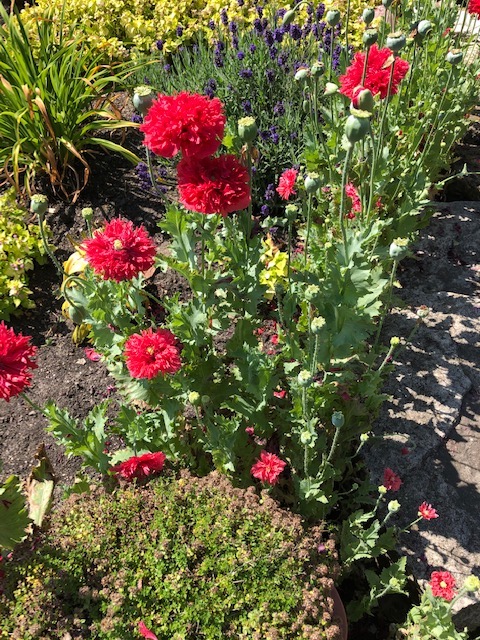Wasn’t it a famous fictional character who instructed, “Slow and steady wins the race?” Well, this author, Penny Frost McGinnis, gives us an example of self-acceptance in addition to a steady role model. And she is offering such an interesting giveaway…She quips, “Hopefully this calendar with its big turtle (see below) will remind the winner-It’s Okay to Crawl Like a Turtle to the Finish Line!” I hope we can all learn a bit about being patient with ourselves here from Penny’s story.

As I worked full time with family responsibilities, I struggled to scratch out time to write. My first book-length piece took over five years. In the process, I blogged and wrote poetry, articles, and devotions. I even had the opportunity to publish a few. The practice of writing the short pieces drove my desire to finish the novel. After I did, I shopped it around and realized I had a lot to learn.
That first book lives in my closet. But the novel bug didn’t die, instead it grew. After I retired, I spent eight months finishing a rough draft I’d started a year before. At first , I felt guilty because I got to stay home and play with words. I know I’ve earned retirement, but I couldn’t get past the feeling I was spinning my wheels and not being useful. My writing slowed to a crawl.
Until this whole COVID-19 thing happened.
A switch tripped inside me, and I started editing (at a turtle’s pace.) I sent chapters to a writer friend for critique and signed up for the Blue Ridge Mountain Writers Conference, coming this November. In the meantime, I followed BRMWC’s posts on Facebook. They offered a paid mentor for an hour to look over a synopsis and first chapter. I signed up. And boy did I learn from my mentor. She showed me what my first chapter should give the reader. Even more important, she gave me tools and encouragement to keep writing.
Back to the first chapters to edit—again.

As a slow writer, I’ve had to learn it’s okay to take my time. I may not finish my book this year, but I’m still plugging along. In June, I attended the Kentucky Christian Writers Online Conference where I listened to Lisa Carter who shared so many great tips on editing and finding your voice and Bob Hostetler who is such a joy and inspiration.
My turtle pace frustrates me at times. But I realize this is how God wired me. Even at a slow crawl, God has given me the desire and ability to put words on paper and share his truth. He’s also given me opportunities to keep learning the craft.
It’s okay to crawl like a turtle to the finish line! Just keep writing.
Bio:
Penny Frost McGinnis writes devotions, book reviews, and thoughtful posts on her blog, Hope for Today’s Heart. Penny is a monthly contributor to Midwest Almanac, and has been published in Chicken Soup, The Upper Room and Christian Devotions. She believes God has called her to bring hope and joy to people’s lives through her writing. She and her husband live in southwest Ohio.



















